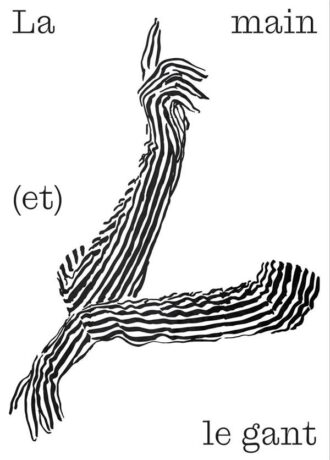An exploration of the rich and varied symbolism surrounding the human hands and gloves in visual art from the 17th century until today
Offers a panorama of representations of the human hand in a range of artistic media
With a special focus on the work of Austrian painter Oskar Kokoschka, one of the most distinguished figure in 20th-century European art
Text in French
The human hand, flexible, mobile and sensitive, is a fascinating and unique part of nature. Its shape and its practical as well as social function have inspired countless artists throughout history. This book explores representations of the human hand, and the glove as its accessory of choice, in art from the 17th century until today. Richly illustrated, it offers panorama of periods and media such as drawing, printmaking, painting, video, and sculpture that demonstrates the creative and metaphorical power of the human hand as a motif in art.
The essays explore the rich and varied symbolism surrounding hands and gloves, and throw new light on the work of Austrian expressionist painter Oskar Kokoschka (1886-1980). For Kokoschka, the topic of human hands was of remarkable importance. Throughout his career, they often appear in the foreground of his works, oversized, in dynamic, active postures and as instruments of expression. They embody Kokoschka’s attention to the human figure, the indisputable backbone of his thought and art.
Philippe Piguet is a Paris-based independent curator and art critic, and educator.
Margaux Farron is an assistant curator and art educator at the Musée Jenisch in Vevey, Switzerland.
Nathalie Chaix is an art historian and director of Musée Jenisch in Vevey, Switzerland.
Aglaja Kempf is curator of the Oskar Kokoschka Foundation at the Musée Jenisch in Vevey, Switzerland.
Pages
264
Language
French
Publishing date
May 2024
Size
17 x 24 cm
Editor
Scheidegger
Weight
454 gr










